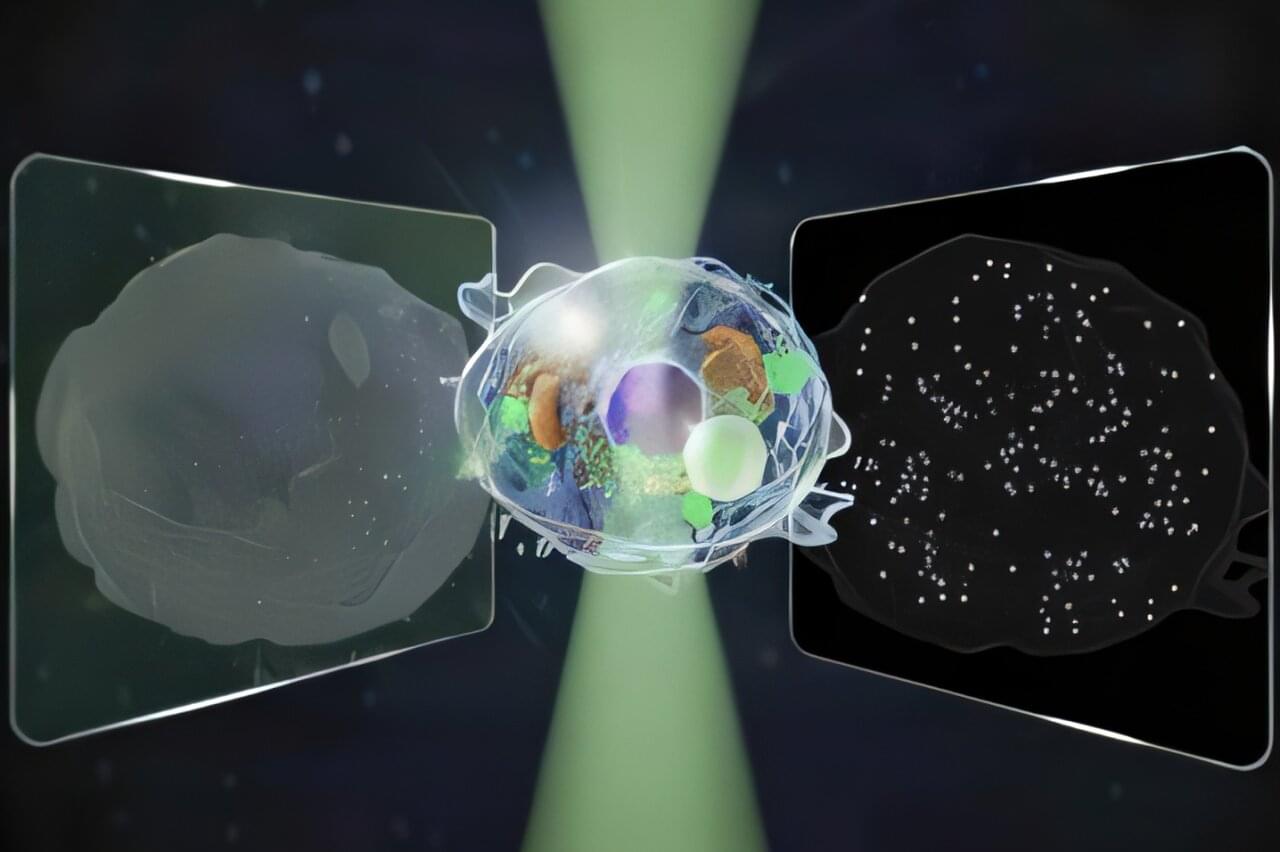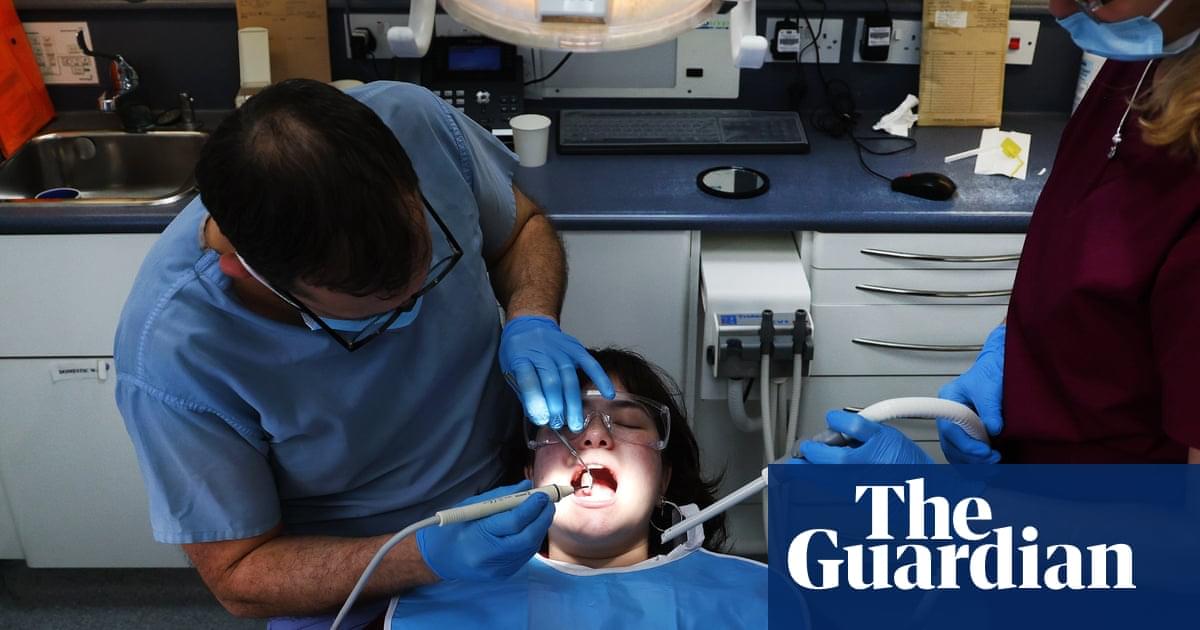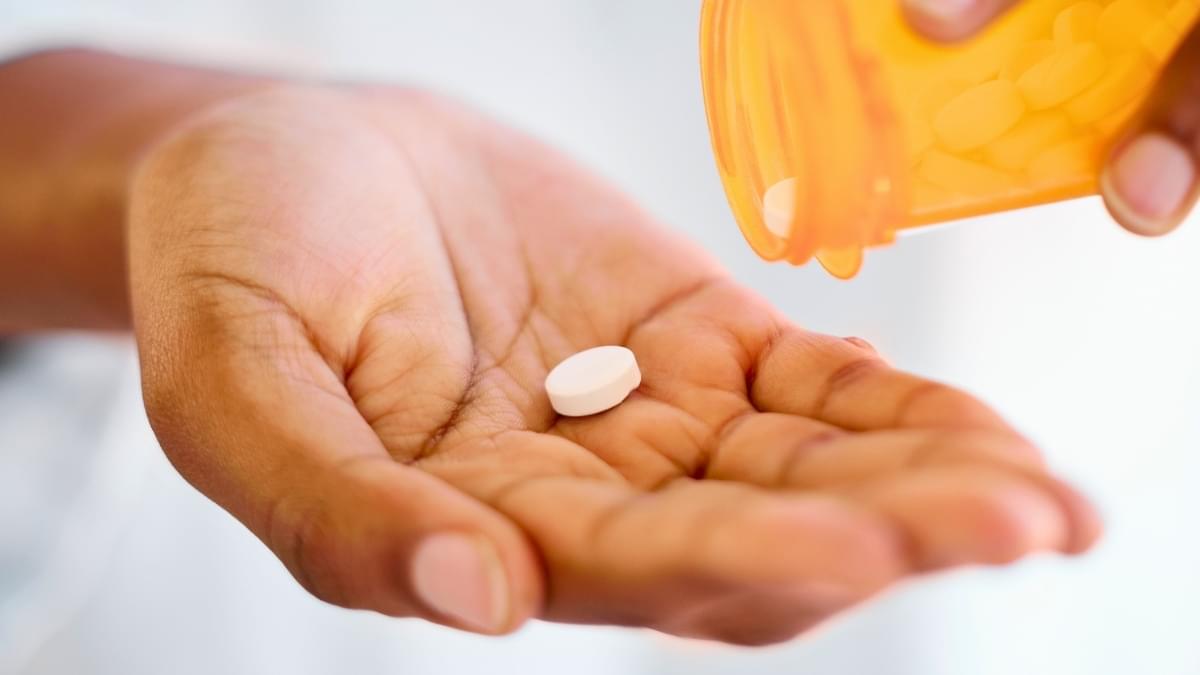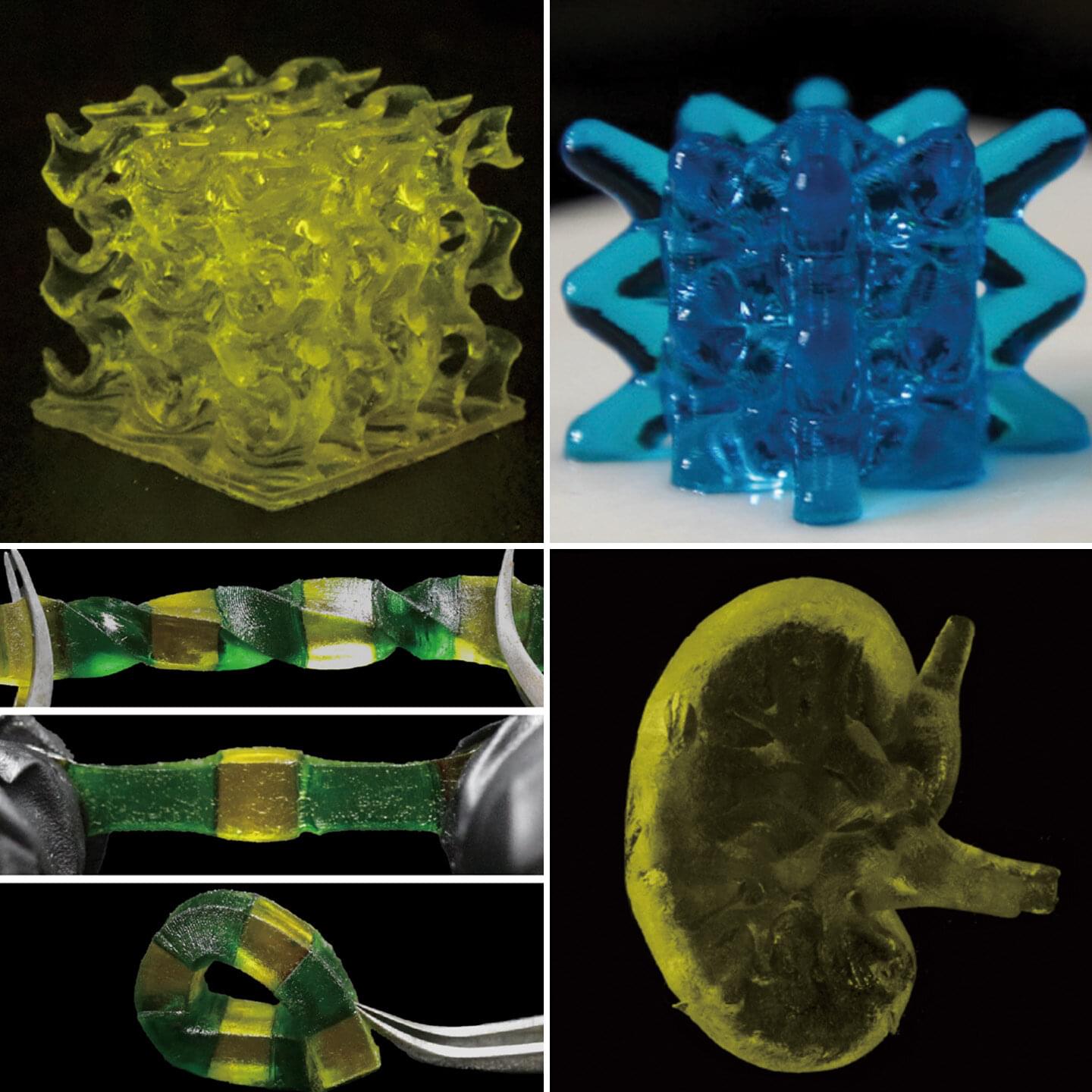Researchers at the University of Tokyo have built a microscope that can detect a signal over an intensity range 14 times wider than conventional microscopes. Moreover, the observations are made label-free, that is, without the use of additional dyes.
This means the method is gentle on cells and adequate for long-term observations, holding potential for testing and quality control applications in the pharmaceutical and biotechnology industries. The findings are published in the journal Nature Communications.
Microscopes have played a pivotal role in the development of science since the 16th century. However, progress has required not only more sensitive and accurate equipment and analysis, but also more specialized ones. Therefore, modern, cutting-edge techniques have had to straddle trade-offs.









